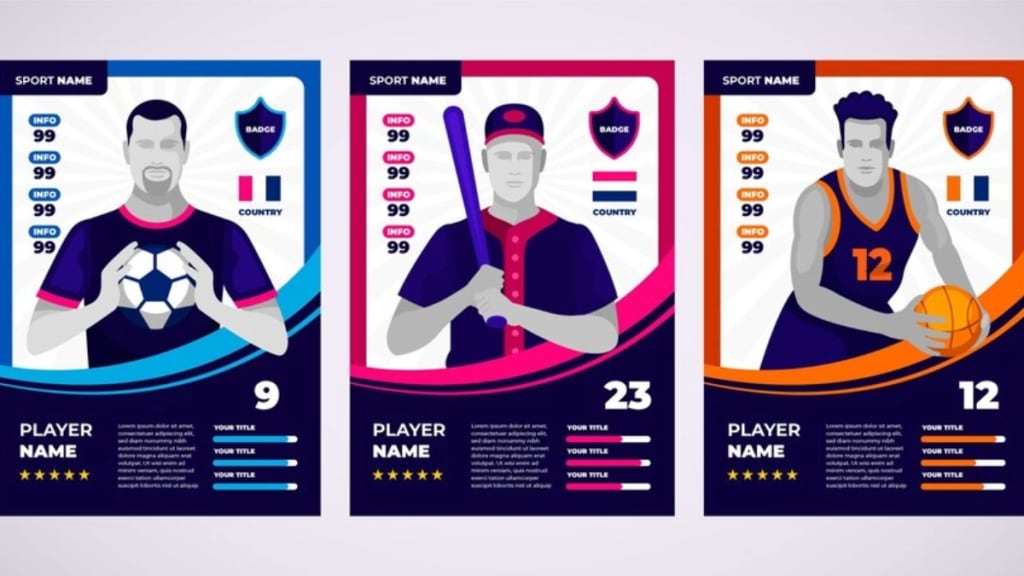Cricket is a sport for some, and a religion for 1.42 billion people residing in India. The ICC Men’s World Cup 2023 recently concluded with Australia clinching the title against India. Even as India lost, it is believed that fantasy sports platforms won. Case in point: The Walt Disney Company India’s Disney+Hotstar which streamed the World Cup matches claimed that it had reached a record 5.7 crore concurrent viewers during the finals of the World Cup 2023, providing fantasy sports platforms the much-needed boost “The World Cup is a monumental event. It could have led to a significant impact in the fantasy sports realm. However, as users are increasing, it is more important than ever to have comprehensive user safety guidelines in place as per IT rules,” Shivani Jha, director, EPWA, told BrandWagon Online.
As per a joint report by Deloitte and the Federation of Indian Fantasy Sports (FIFS), the fantasy sports sector in India in FY22 witnessed revenues growing threefold from FY20, to reach Rs 6800 crore while the market revenue is expected to grow at 30% compound annual growth rate till FY27.
The World Cup Boom!
The quadrennial event witnessed a boost in viewership and fan engagement for the streaming channels as well as the fantasy sports platforms. According to industry experts, user interactions and app traffic were impacted by players’ performances on the field, driving the popularity of the fantasy game. The spike in activity exceeded its previous status, from what it is believed. Increased interest was sparked by the World Cup, bringing return as well as first-time users to platforms. “The ODI World Cup right after we rebranded from BalleBaazi to SportsBaazi, significantly boosted our platform’s engagement. The excitement around the event translated into a substantial increase in user activity, with Sportsbaazi seeing its best month in October,” Parth Sharma, COO, SportsBaazi, highlighted. He further claimed that the platform surpassed the nine-figure revenue mark while experiencing over 202% growth in comparison to the previous T20 World Cup in 2022.
Furthermore, it is believed that users spent more time on these apps creating virtual teams which translated into an increase in revenue numbers. There was also an increase in the number of new user registrations. As per industry experts, advertising campaigns played a major role in bringing consumers to platforms during the World Cup. Interestingly, online gaming companies claim to currently bear the burden of GST, which has helped in retaining users, thereby increasing traction. “Currently these platforms are bearing the burden of the GST component so the users are not affected. This is given back to the users in the form of credits that can be used to join paid contests. These credits expire after two to four weeks. Moreover, sharper focus on user experience ranging from design changes, to faster load times, and new formats to ensure users are getting an elevated experience. Platforms are also looking at creating operational efficiencies as they scale to be able to manage the rising costs,” Raghav Mehta, head of partnership and consumer success, Sportz Interactive, said.
The 50th GST Council proposed a revision in the GST rates to 28% on face value on deposits from 18% on gross gaming revenue. The GST rate change saw backlash from the entire fantasy sports fraternity. The fantasy sports platforms had to go through various changes in their structure to keep themselves afloat. According to industry experts, the GST change has impacted the profitability of online gaming industries. Additionally, the change has led fantasy sports platforms to adapt certain operational aspects within the platform to sustain the new tax regime. Post-GST revision, it is believed that the industry saw reduced advertising spending, as companies adjusted to these changes. “Our advertising efforts have adjusted in response to convey the updated pricing structures and highlight the platform’s ongoing value. To lessen the impact on user costs following the GST amendment, we have looked into new income methods, introduced creative subscription programs, and expanded the selection of in-app purchase alternatives. Achieving a balance between customer affordability and maintaining the app’s revenue stream is the problem,” Rohit Bansal, founder, Super4, said.
